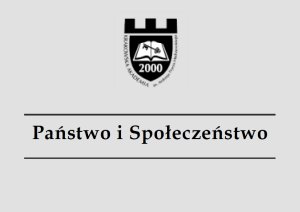Mechanizmy gamifikacji w kształtowaniu postaw studentów
Mechanisms of gamification in creating student attitudes
Author(s): Marta Woźniak-Zapór, Mariusz Grzyb, Sebastian RymarczykSubject(s): Education, Higher Education , Human Resources in Economy
Published by: Oficyna Wydawnicza AFM Uniwersytetu Andrzeja Frycza Modrzewskiego w Krakowie
Keywords: e-learning; learning with using game elements
Summary/Abstract: According to one definition, gamification consists in using techniques known from role-playing games to shape behaviors and attitudes of people in situations which are not games. These actions are designed to increase the involvement of participants in the process, especially in those which appear to be routine and boring. The technique it self is based on the feelings of satisfaction experienced by people as a result of, for example, overcoming difficulties, winning awards, but also as a result of competition or cooperation. The technique of gamification is used in various areas of social life. The article attempts to look at the possibilities of using gamification in the education of students in addition to the use of distance learning methods and techniques. Students have some difficulty to learn the subjects that they find not very interesting, difficult or boring. The activities associated with the gamification are intended to create a sense of satisfaction for the learners on defeating the difficulty levels of didactic issues, to the joys of the group’s collective achievements, or to engage in competition. Introducing these activities to the didactic process could have a positive impact on the student’s achievement of the planned learning outcomes. In such a situation, the teacher should approach the organization of the didactic process like a manager to whom the project was entrusted. As a consequence, at the beginning of the classes, the principles of working in and outside of the classroom should be established, taking into account the elements of the game mechanics. The article will analyze some elements of the gamification together with the possibility of applying them using the KAAFM e-learning platform.
Journal: Państwo i Społeczeństwo
- Issue Year: XVII/2017
- Issue No: 2
- Page Range: 125-136
- Page Count: 12
- Language: Polish

